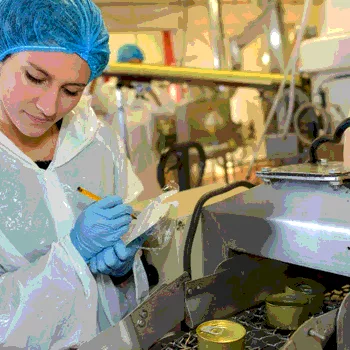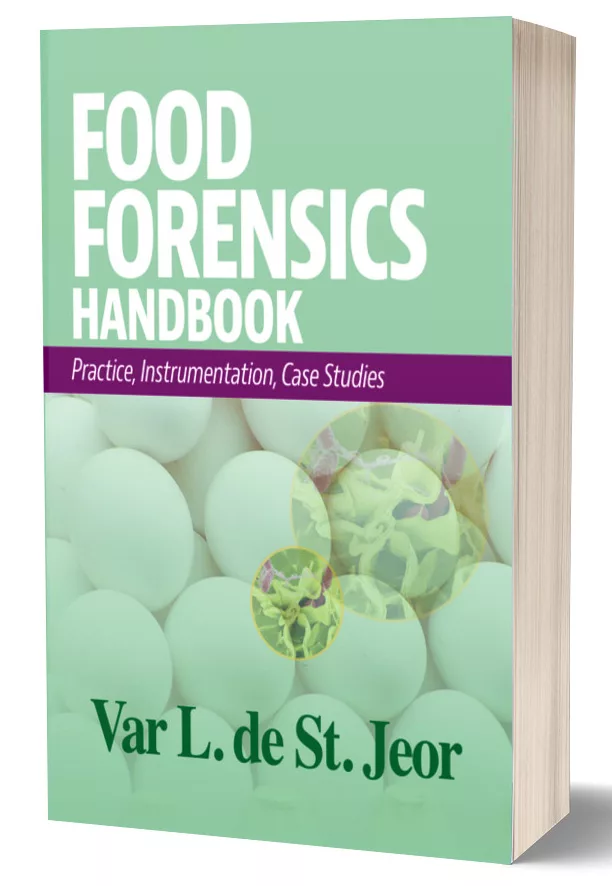Taking a Strategic Approach to Maintenance: Preventive and Predictive

Proactive, timely maintenance of plant equipment is critical for meeting a dizzying number of demands, ranging from the pressure to achieve target output levels and minimize labor costs to controlling parts spending and ensuring maximum uptime. And yet, rather than view it as strategic to operations, a great number of manufacturers take a reactive approach to maintenance. Too often, amid the demands of day-to-day operations, manufacturing executives put maintenance low on the priority list and don’t have a clear vision of what a proactive maintenance program should look like or where to begin.
By following a few fundamental principles, your maintenance program can improve performance, control costs, maximize uptime, and maintain critical equipment.
Plan and Schedule
Just as production schedules are used in operations to establish output targets by hour and/or day, the same methodology should apply to maintenance. Both preventive maintenance and corrective repairs should be scheduled using reasonable expectations, commonly known as work order time estimates. With work order time estimates, you can accurately schedule maintenance resources and provide the production team with critical information about how long a particular piece of equipment or production line will be out of commission. Documenting estimated versus actual repair time also aids in future planning and improves accuracy.
Communicate
One of the most critical components of a proactive maintenance program is an executive maintenance planning and scheduling meeting. Usually conducted weekly, these meetings should be attended by both maintenance and operations so that the priorities of both teams are integrated and addressed.
During these meetings, work orders are prioritized to address the highest sources of loss. Too often, maintenance work is assigned randomly or based on the availability of a resource. However, every technician has different capabilities and strengths, so the planning and scheduling process should take into account capabilities and assign the right resource to the right job for optimal results. Finally, each meeting should be a time to review year-to-date budget figures and ensure targets are being met.
Measure
When a maintenance schedule is implemented, metrics must be defined to measure execution levels and success. By tracking metrics related directly to maintenance, you can better understand the efficiency and effectiveness of maintenance and identify areas for improved efficiency, all of which pave the way to action plans and adjustments that yield further improvements.
Integrate
Within many organizations, the primary interaction between operations and maintenance occurs when operations request maintenance for emergency breakdowns or major repairs. With operations playing a pivotal role in equipment reliability, organizations implement philosophies and techniques, such as total productive maintenance, standard work, and centerline, to improve performance. While these techniques are very effective, they require extensive implementation time and effort and don’t directly integrate operations and maintenance. Implementing formal communication processes ensures the entire team understands and can plan for how maintenance activities will impact productivity over the coming days and weeks.
Conduct Baselining
Baselining is a maintenance technique proven to deliver immediate results. Also known as the “Red Tag” approach, baselining involves overhauling machinery to restore it to “like new” condition through deep cleaning and technical audits to identify potential repairs, build a backlog, and prioritize and execute those repairs.
In an effort to maintain productivity, companies often neglect their equipment, which naturally deteriorates over time. Many make critical, piece-meal repairs that address only the symptoms of equipment failure or temporarily bridge the gap to enable continued operation. Savvy manufacturers identify equipment that represents the largest potential source of loss if it were to fail and schedule baselining maintenance to improve the overall productivity and extend the life of that equipment.
Predictive Maintenance
Today, we have access to an ever-increasing amount of data that can be used to make smarter decisions around every facet of operations, including maintenance. Equipment data can be used in a predictive manner to complement and enhance your preventive maintenance strategy.
Predictive analytics can take the guesswork out of maintenance by providing certainty around parts and performance. Through real-time analysis of multiple parameters, machine learning models can be trained to identify imminent failure patterns, often undetectable by humans. With this information, you can proactively schedule maintenance that prevents unscheduled downtime.
Disruptive technologies and methods, such as those that enable predictive maintenance, can allow you to move away from reactive, backwards-looking reporting and toward prescriptive, forward-looking action. But remember, without changes in processes and behaviors, these disruptors risk becoming just another suboptimal technology deployment.
Rigo Frias is a director at Myrtle Consulting Group, a hands-on operations consulting firm delivering revenue-driving operational improvements to some of the world’s leading manufacturing organizations.
Looking for quick answers on food safety topics?
Try Ask FSM, our new smart AI search tool.
Ask FSM →







